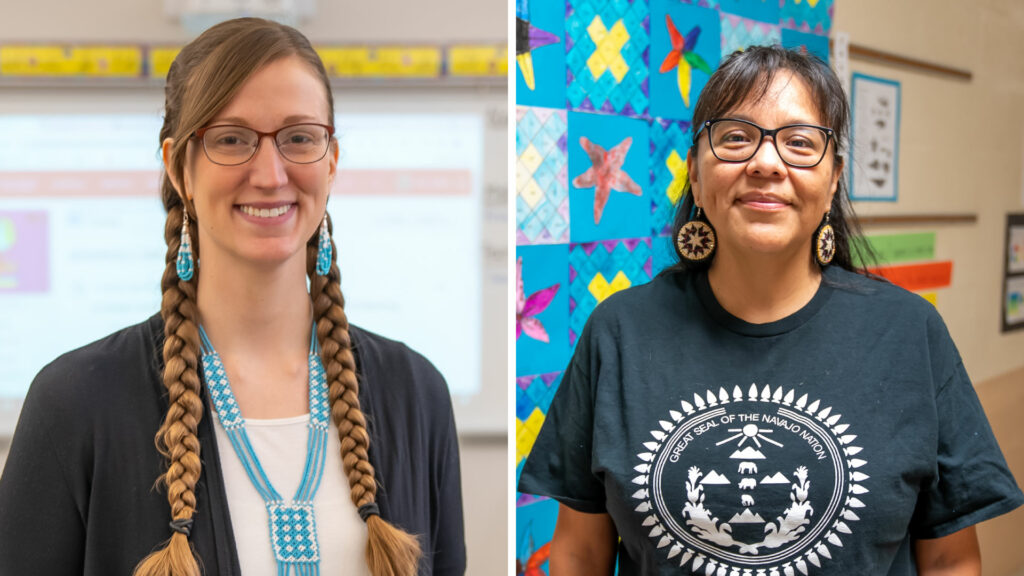
School District of Lancaster teachers Ranelle Natoni-Mooney and Amanda Zahm came to their indigenous identities in different ways.
Natoni-Mooney, a first-grade teacher at Burrowes Elementary, is 100% indigenous—she was born on the Navajo reservation in the Southwest and went to public school near Monument Valley in Arizona.
“This is probably the closest for me to home that I can feel because of all the unique backgrounds of our students,” Natoni-Mooney says. “I feel like our teachers are a lot more sensitive to how we talk about different groups of people.”
Natoni-Mooney, whose mother taught public school on the reservation, first came to Pennsylvania through a Penn State program recruiting indigenous educators. She is in her 15th year at Burrowes.
“When I taught fifth grade, we would do American History,” she says. “It was fun to go in more in depth about what it’s like to be a an indigenous person living in this country. I feel like I can relate to some of the refugee students, because we’re a conquered people living among our conquerors.”
Zahm, who teaches communications and social studies at Reynolds Middle School, has a maternal grandmother from the Lenape tribe. The Lenape, also called the Delaware people, are indigenous to the Northeastern United States, including parts of what is now Lancaster County. She’s a traditional dancer with her own hand-sewn regalia.
“We do powwows every year, we celebrate harvest,” she says. “That was a big part of my upbringing.”
Zahm is in her fourth year teaching in SDoL. Her background is in English as a second language.
I have a heart for urban education,” she says. “Having such a high refugee population is important to me. And I love the work that we do for diversity and inclusion.”
Both teachers say the indigenous identity influences the way they teach, even if they don’t incorporate overt lessons into the curriculum.
“I think a lot of the Native American influence is very collectivist, so it’s a lot of collaboration,” Zahm says. “A lot of our kids love to come in and they have a story to tell. I think we can learn vicariously through other people’s experiences that we haven’t actually experienced.”
A few years ago, Zahm encouraged students to start making Native American Heritage announcements for the month of November. Students researched influential people and events and read them each morning. It’s a tradition that continues this year.
For her part, Natoni-Mooney subtly incorporates some indigenous traditions in the classroom. After the first frost of the season, the Navajo tell animal stories, often featuring coyotes as main characters, as fables that teach moral lessons.
There are these videos that are just in Navajo and they’re coyote tales,” she says. “I give my students the context of a few of the words, and just from watching it, they’re able to figure out the story and love it and enjoy it just as much as I do.”
For additional student resources on Native American Heritage Month, click below.
